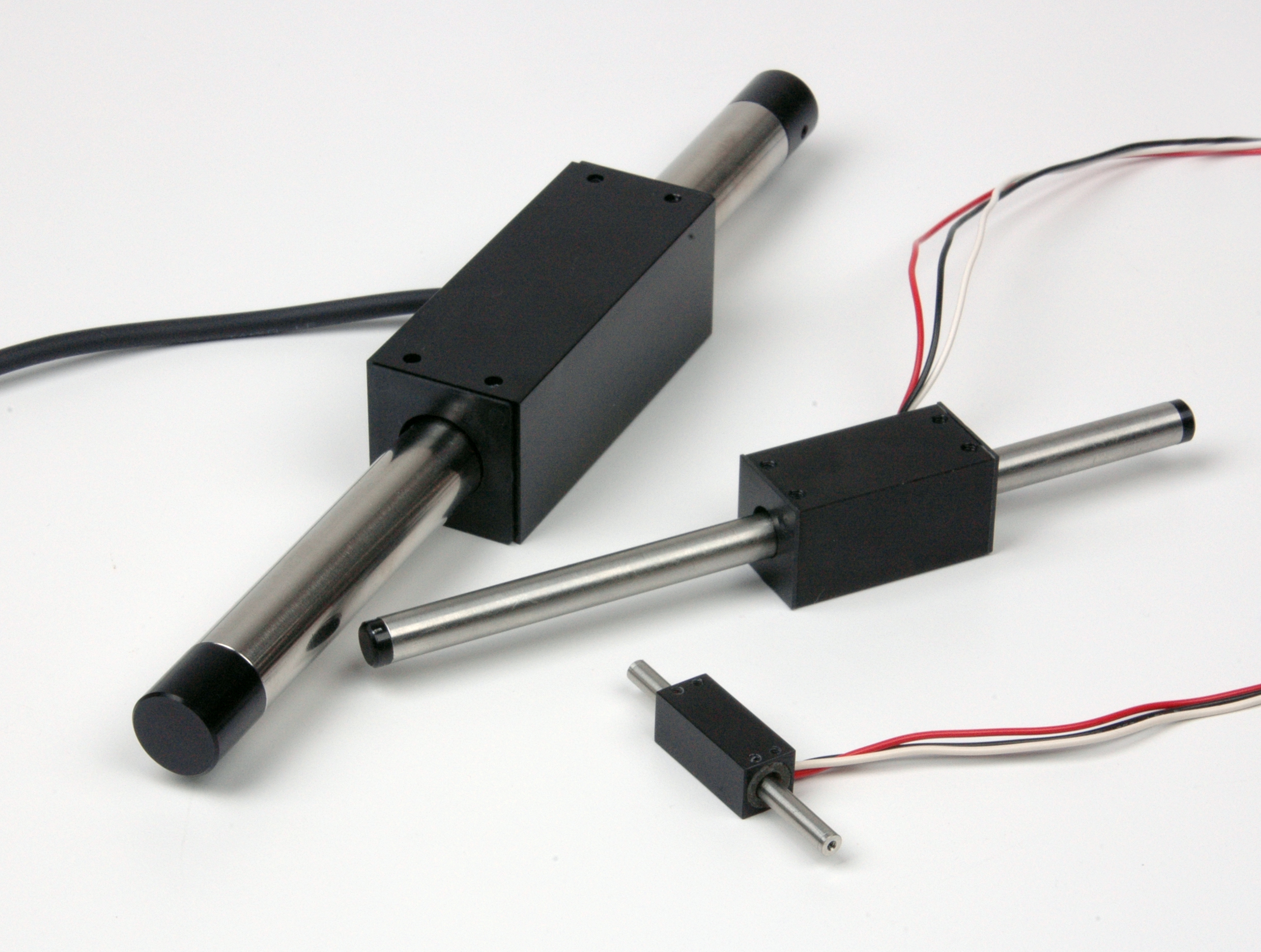Nippon Pulse’s Linear Shaft Motor is the first linear servomotor designed and constructed with the ultra high-precision market in mind, but also provides energy efficiency that is up to 50 percent better than competing coreless linear motors, a claim independently verified (see below).
The simple design of the Linear Shaft Motor (it consists of only a forcer {coils} and shaft {magnet}), is one of the primary factors in its energy efficiency.
Because the coils are completely wrapped around the magnets, 100 percent of created magnet flux cuts the coils at 90 degrees, which, as highlighted by Fleming’s left hand rule, is the optimal crossing vector in linear motion.
The Linear Shaft Motor also reduces the amount of generated heat, and heat’s impact on the work point, which further increases energy efficiency. The decreased impact of heat also is a factor in the Linear Shaft Motor’s ability to achieve sub-micron resolution.


Other factors improving the energy efficiency of the Linear Shaft Motor include the absense of cogging and Eddy currents, stiffness up to 100 percent better than competing coreless motors, and the lack of inherent air flow restrictions.
An independent study conducted by the University of Virginia in October of 2010 confirms the Linear Shaft Motor is at least 50 percent more efficient than comparable u-shaped motors.
Features of Nippon Pulse’s high efficiency Linear Shaft Motor Include


- Two-part simple design, forcer (coils) and shaft (magnets)
- Uses 100 percent of all magnetic flux, which cuts magnet at 90 deg.
- Non-critical air gap, making machining easier and more cost efficient
- High-speed (10m/s and acceleration up to 20G)
Low-speed (8um/s)
- High thrust capabilities, up to 100,000N
- Very low speed fluctuation (±0.006% at 100mm/s)
- Allows for use in parallel using only one encoder and one drive
- Operation ability within harsh environments and in vacuums
Key Design Features of the Linear Shaft Motor:
- The Linear Shaft Motor’s simple design is a key factor in its energy efficiency.
- Magnet flux cuts the coils at 90 degrees, the optimal crossing vector in linear motion (see Fleming’s left hand rule).
View the Linear Shaft Motor designed into a high-precision custom stage system at the following YouTube Link. In addition to being more energy efficient, the Linear Shaft
Motor can also achieve sub-micron motion and is extremely accurate and precise.





